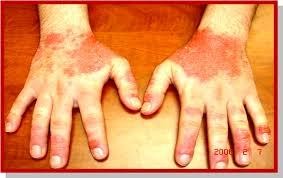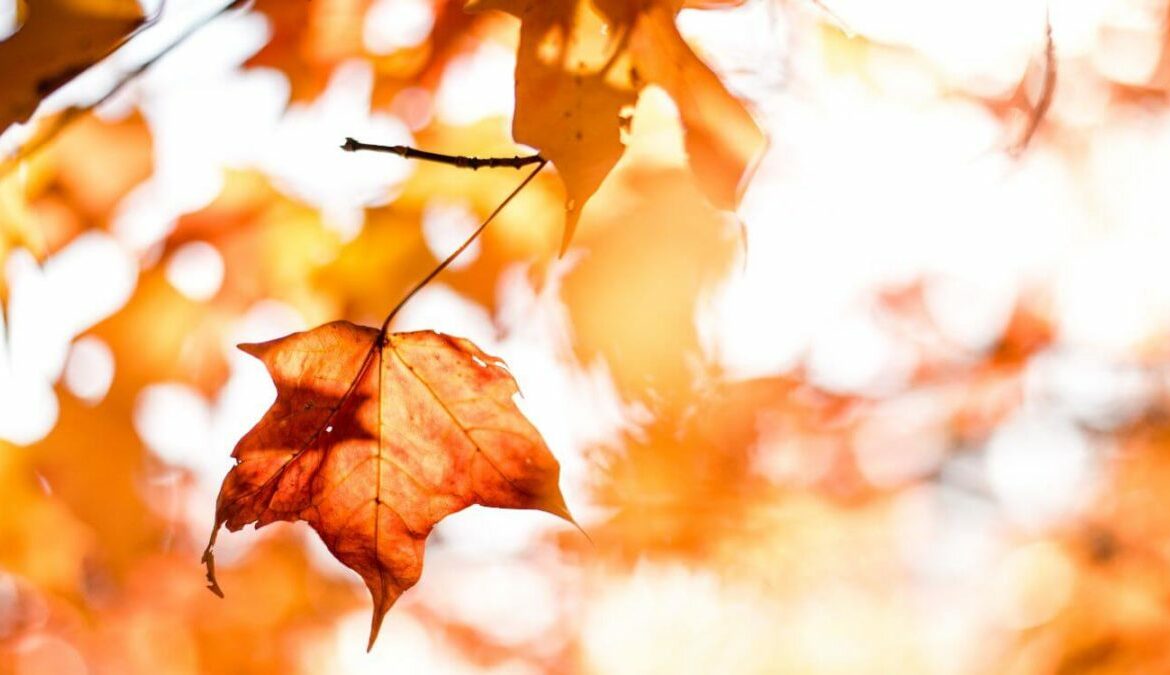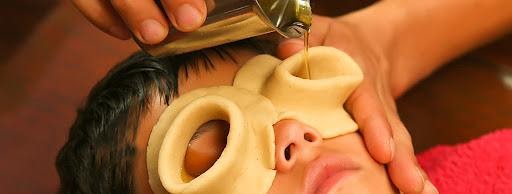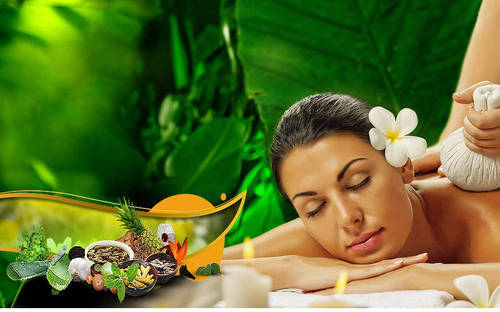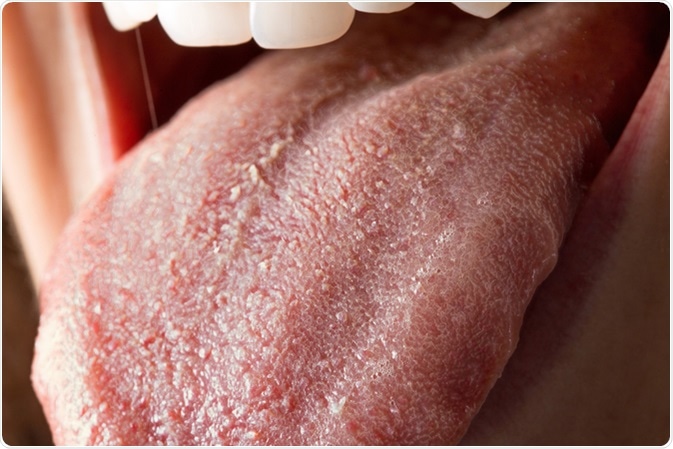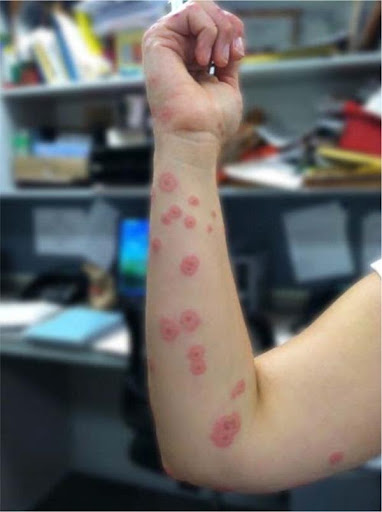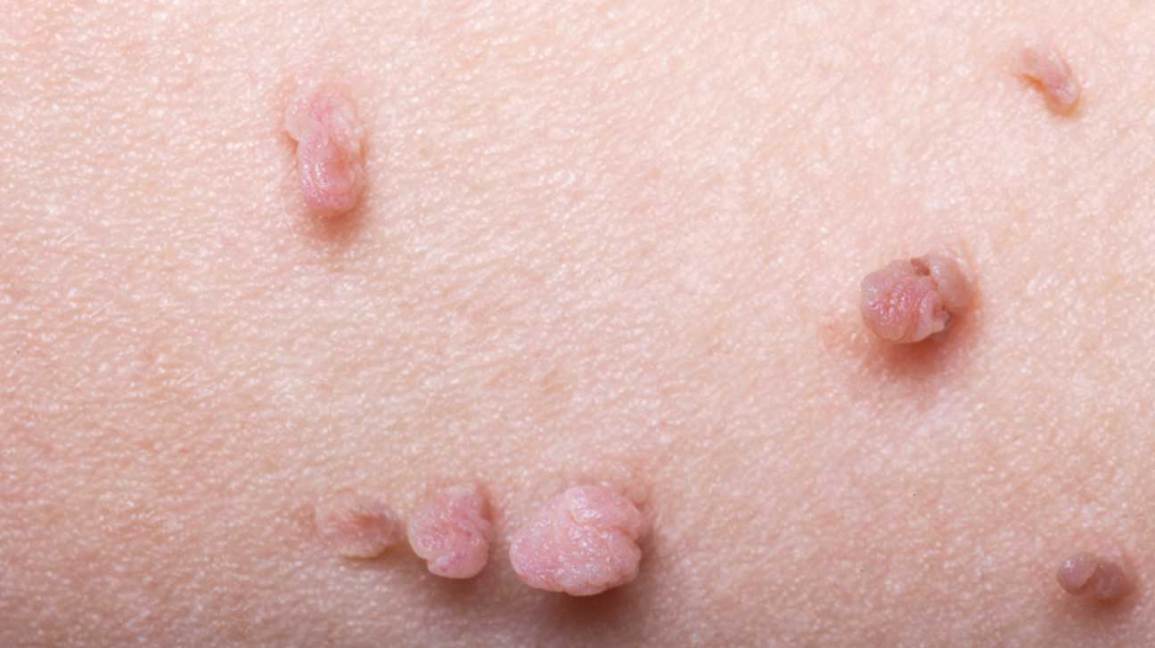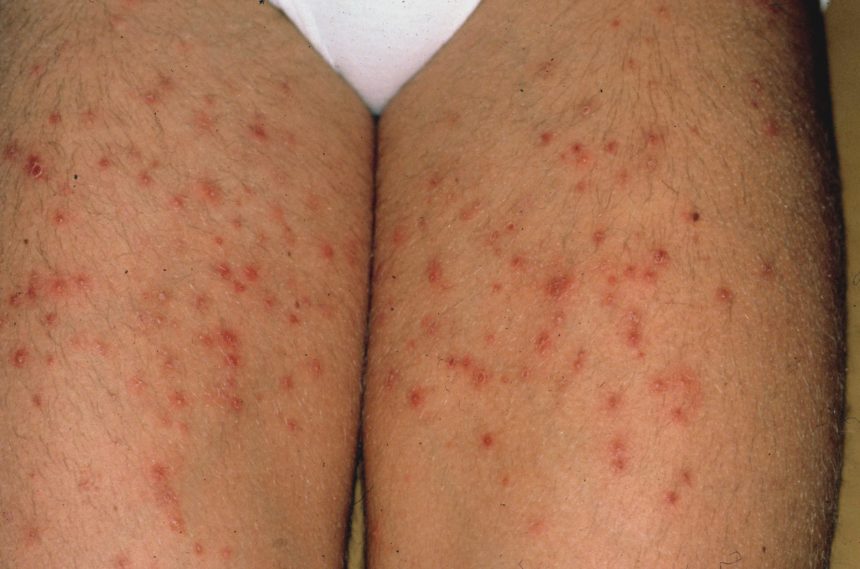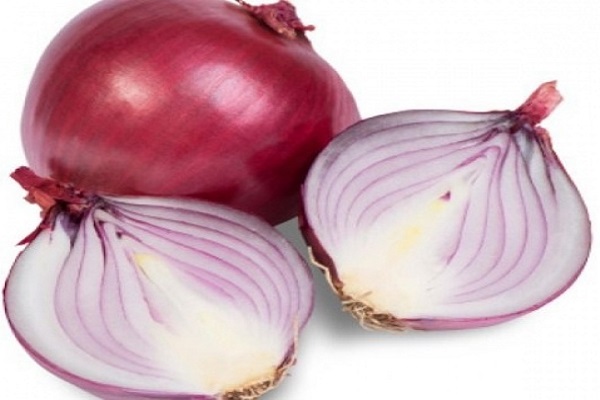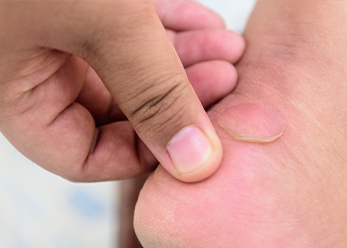Table of Contents
What is Contact Dermatitis ?
Contact dermatitis is a skin condition in which skin becomes red, itchy rash mainly caused by direct contact with a substance or an allergic reaction to it. Contact dermatitis is not a contagious skin condition , but it can be very uncomfortable. Many substances like soaps , detergents, cosmetics , plants etc. can cause contact dermatitis.
Symptoms of Contact dermatitis
Symptoms of Contact dermatitis depends upon the type of the dermatitis. Most commonly symptoms that are seen in patients are given below
Allergic contact dermatitis
- Dry and scaly skin
- Redness of skin
- Extreme itching
- Oozing blisters
Irritant contact dermatitis
- Cracking of skin due to dryness
- Blistering
- Stiffness of the skin
- Ulceration of skin
Causes and types of contact dermatitis
There are three different types of dermatitis
- Allergic contact dermatitis
- Irritant contact dermatitis
- Photo contact dermatitis
Allergic contact dermatitis
Allergic contact dermatitis occurs as the results of the allergy . When skin exposed to any kind of foreign substance or allergic substance allergic contact dermatitis . As a response to this , the body release inflammatory chemicals due to which the skin feel itchy and irritated.
Common causative factors of allergic contact dermatitis include contact with:
- jewelry made from nickel or gold
- latex gloves
- perfumes or chemicals in cosmetics and skin care products
Irritant contact dermatitis
Irritant contact dermatitis is the common type of contact dermatitis. Irritant contact dermatitis occurs when the skin comes in contact with any kind of toxic or irritative substance.
Irritant substances that can cause dermatitis are
- battery acid
- bleach
- soaps
- kerosene
- detergents
- pepper spray
Sometimes irritant contact dermatitis occur when the skin comes in contact with soap or even water.
Photo contact dermatitis
Photo contact dermatitis is the eczematous condition that occurs by an interaction between an less harmful substance on the skin, and the ultra violet rays , therefore manifestation of photo contact dermatitis occurs only in regions that are exposed to rays.
That’s why this form of contact dermatitis is usually seen on the areas of skin that are left uncovered by clothing, and it can be soundly defeated by avoiding exposure to sunlight.
Diagnosis of Contact dermatitis
- Diagnosis of Contact dermatitis can be made by taking history of patient and by doing physical examination of the patient .
- Lab test can be done to know the type of allergen.
- Differentiation between the various types of contact dermatitis is based on a number of factors. The morphology of the tissues, the histology, and immunologic findings confirm the diagnosis and the form of the condition.
Treatment of contact dermatitis
In most the cases patients will get relief from the contact dermatitis if they avoid the causative factor. Commonly used methods to treat contact dermatitis are
Self care
- Avoid scratching your irritated skin. Scratching can worse the condition.
- Use mild soap and lukewarm water to clean your skin and remove irritants .
- Avoid the cosmetic products that are causing the problem.
- Calamine lotion may relieve itching.
- Application of petroleum jelly like Vaseline for soothening of the area.
Medical care
- Corticosteroids. A corticosteroid medication like hydrocortisone may be prescribed to treat the inflammation in a localized area. Topical use of corticosteroids is mainly done. In severe cases oral corticosteroids are required.
- In severe cases, stronger medicines are prescribed by a dermatologist.
- Antihistamines.
Prevention of Contact dermatitis
General prevention steps include the following:
- Avoid irritants and allergens. Identify the substances that irritate your skin and cause allergy and try to avoid them.
- Wash your skin. Wash your skin properly to avoid any kind of allergic reaction. Use a mild, fragrance-free soap and warm water. Rinse completely.
- Wear protective clothing or gloves. Face masks, goggles, gloves and other protective measures should be used that can protect your skin from irritating substances.
- Apply a barrier lotion or gel. These products can provide a protective layer for your skin that will protect your skin from the harmful rays of sun or other harmful substances.
- Use moisturizer. Regular use of moisturizing lotions can help restore your skin’s outermost layer and keep skin moist and thus prevent dryness.
Complications of Contact dermatitis
- Skin infection
- Cellulitis
- Neurodermatitis
- Diminshed quality of life
Ayurvedic concept of Contact dermatitis
In Ayurveda The condition of contact dermatitis is categorized under Vicharchika. In this condition there is vitiation of all the doshas. Mainly there is predominance of kapha dosha. The ayurvedic management of contact dermatitis involves combination of dietary factors, life style modifications and medications .
DIET RECOMMENDATIONS (AAHAR)
- A balanced , healthy diet should be consumed
- Avoid excessively hot, spicy or sour foods
- Avoid excessive oily , fried food.
- Avoid all kind of junk and packaged food.
LIFESTYLE CHANGES (VIHAR)
- Take proper sleep at night and avoid day sleeping.
- Meditation, breathing exercises cooling and yoga postures are beneficial.
MEDICATIONS
Chandigarh ayurveda centre provides the treatment of contact dermatitis using combinations of medications which are made from combination of unique herbs. CAC ensures the complete cure of the contact dermatitis with Ayurveda.
CAC provides the ‘Dermatitis care kit’ for the treatment of this condition. This kit is combination of medications that are effectively beneficial to treat the vitiated doshas and provide a complete cure by treating root cause.
Dermatitis care kit contains
- Detox Premium Sachet
- Panchtikta Ghrit Guggulu
- Blood Purifier Syrup
- Twak Churan
- Skin Care Tablet
For detailed prescription of the ‘Dermatitis care kit’ visit our website
https://www.chandigarhayurvedcentre.com/product/atopic-dermatitis-care-kit/


